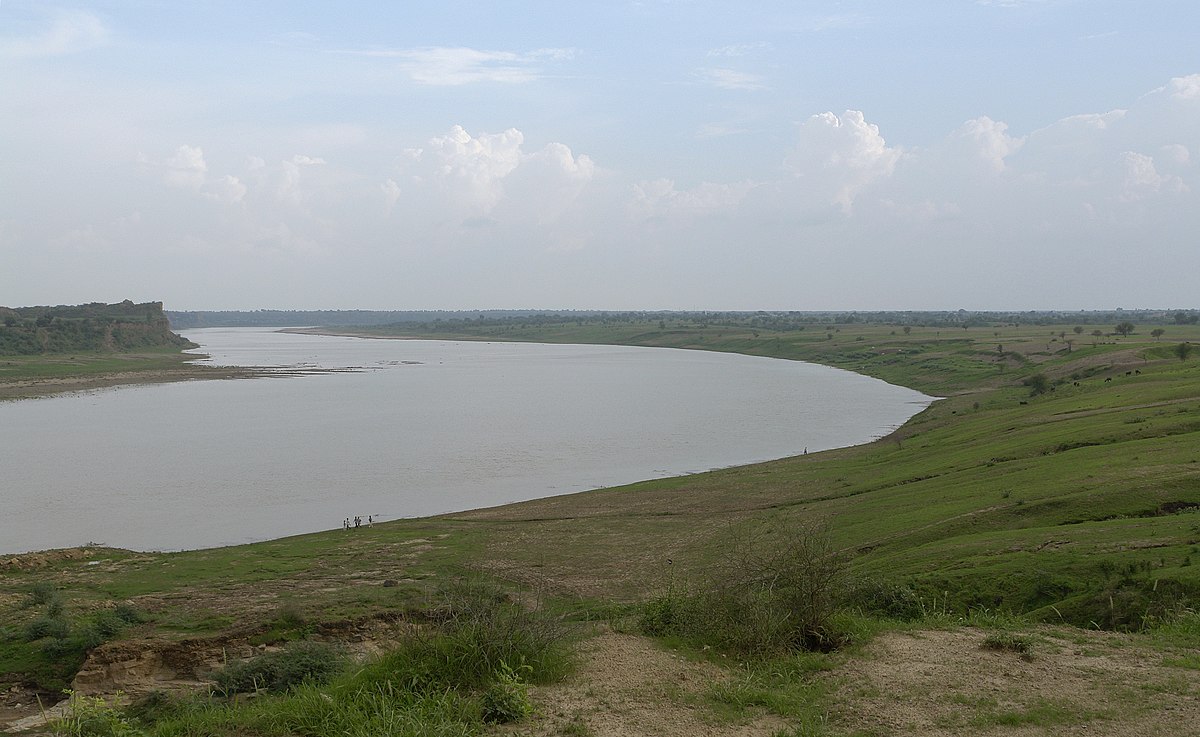Chambal River

Religious Significance
This river was referred to as Punya in the Mahabharata, and as Charmanavati in the Puranas. It is said that King Ranti Dev (one of the successors of King Bharata, Lord Rama’s brother) had sacrificed cows to honour his guests. The blood that oozed out of the cow’s skin (known as chamra in Hindi) and turned into a river named Charmanavati.
Ecological Significance
The Chambal river remains one of North India’s most unpolluted rivers, home to a rich diversity of flora and fauna. The National Chambal Gharial Wildlife Sanctuary is famous for the rare Ganges river dolphin. Approximately 400 km of the river is within the reserve. Apart from the Ganges river dolphin, the other inhabitants of the sanctuary include magar (crocodile) and gharial (alligator). Migratory birds from Siberia form part of its rich avian fauna.



Place of Origin: Manpura (near Indore), Madhya Pradesh
Length: 900 km
Confluence: Yamuna (along with 3 other rivers Kwari, Sind and Pahuj), Bhareh, Uttar Pradesh